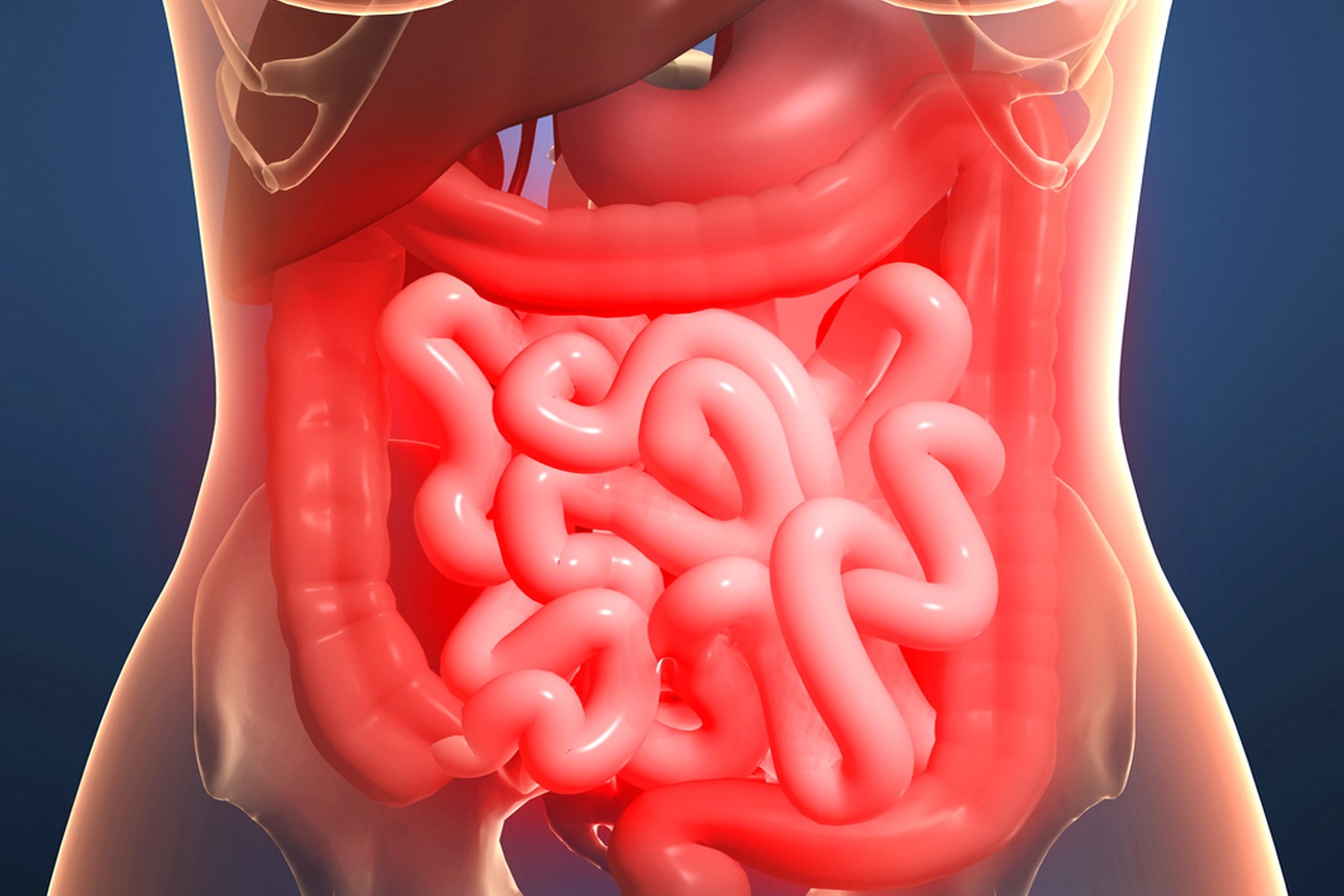
Intestinal malrotation in the newborn: symptoms and treatment
The term ‘intestinal malrotation’ refers to a congenital abnormality in the newborn child, affecting the small intestine
Malrotation affects 1 in 200-500 live-born babies. Boys are affected about twice as often as girls
During embryonic development, the primitive intestine protrudes from the abdominal cavity; when it re-enters the abdomen, the colon rotates counterclockwise, with the cecum located at the level of the right lower quadrant.
With an incomplete rotation, the cecum ends up in the right upper quadrant or in the mid-epigastrium and this causes obstruction due to retroperitoneal bands (Ladd’s bands) stretching over the duodenum, or by volvulus of the small intestine, which rotates on its mesenteric pedicle.
The causes of intestinal malrotation have not yet been fully elucidated, although it appears to be related to familiarity with the disease
Malrotation manifests itself in almost half of the cases in the first week of life, the rest of the children are symptomatic within the first year, rarely in adulthood: this means that the symptoms do not necessarily show themselves in infancy, it may happen that they become manifest only in adulthood and – in some cases – not even in adulthood, thus remaining undiagnosed except at an eventual autopsy.
Malrotation is symptomatic in only 1 in 6000 live births.
Symptoms
As seen above, in some cases malrotation of the intestine is asymptomatic, i.e. it provides no signs or symptoms of its presence.
In other cases, the disease is symptomatic and presents:
- abdominal pain
- general malaise;
- biliary vomiting;
- constipation;
- blood and/or mucus in the stool;
- abdominal distension;
- diarrhoea;
- intolerance to swallowing solids.
Malnutrition by default and growth retardation may also occur in children.
Young children obviously cannot easily communicate painful pain in the abdomen.
So how can one tell if a baby or toddler has a volvulus?
Babies can ‘make themselves understood’ with two particular behaviours:
- inconsolable crying fits;
- crouching their legs towards the chest, a position that relieves the pain.
Diagnosis of intestinal malrotation
The diagnosis is obtained on the basis of the medical history, the objective examination and above all thanks to an abdominal X-ray showing dilatation of the intestine.
Some studies also indicate abdominal ultrasound as a tool for diagnosing malrotation, looking for retromesenteric localisation of the third portion of the duodenum, or for inverted mesenteric blood vessel position and the whirlpool sign (i.e. intestine wrapped around the superior mesenteric artery).
The use of ultrasound is, in our opinion, secondary to abdominal X-ray, the standard diagnostic technique for malrotation with or without volvulus.
Therapy
If necessary, treatment is surgical and generally performed as an emergency, with Ladd’s procedure involving lysis of the retroperitoneal bands and removal of the volvulus.
Ladd’s procedure can be performed laparoscopically (generally longer and more complex to perform, but with faster hospital stay and recovery) or open surgery (laparotomic, faster but with slower recovery).
Both techniques are very effective.
Preventive therapy in asymptomatic patients
If malrotation is diagnosed, usually by pure chance, in a completely asymptomatic child, Ladd’s procedure may not be performed but should still be considered in view of the very dangerous outcomes of a volvulus, especially if not treated promptly.
To perform or not to perform this procedure in asymptomatic patients is, however, still a matter of debate among us surgeons.
Vomiting in neonates
In neonates, biliary vomiting is a situation that should NEVER be underestimated: an abdominal X-ray should be taken immediately and, if this shows a dilated stomach and proximal small intestine (“double bubble” sign), a lack of air in the intestinal loops distal to the duodenum, or both, one imagines the presence of a volvulus that must be diagnosed and treated in an emergency to avoid a possible and dangerous intestinal infarction.
Complications caused by malrotation
Malrotation can evolve into short bowel syndrome and rapidly lead to intestinal occlusion, intestinal ischaemia, intestinal infarction and death of the patient if normal vascularisation is not quickly restored: such complications therefore require very rapid medical intervention.
Other possible complications are:
- intestinal obstruction
- acute duodenal obstruction;
- chronic duodenal obstruction;
- hernia;
- superior mesenteric artery syndrome.
Read Also:
Emergency Live Even More…Live: Download The New Free App Of Your Newspaper For IOS And Android
Differences Between Mechanical And Paralytic Ileus: Causes, Symptoms And Treatment
Short Bowel Syndrome: Causes, Therapy, Diet
Gastrointestinal Bleeding: What It Is, How It Manifests Itself, How To Intervene
Vomiting Blood: Haemorrhaging Of The Upper Gastrointestinal Tract
Pinworms Infestation: How To Treat A Paediatric Patient With Enterobiasis (Oxyuriasis)
Intestinal Infections: How Is Dientamoeba Fragilis Infection Contracted?
Gastrointestinal Disorders Caused By NSAIDs: What They Are, What Problems They Cause
Intestinal Virus: What To Eat And How To Treat Gastroenteritis
Train With A Mannequin Which Vomits Green Slime!
Pediatric Airway Obstruction Manoeuvre In Case Of Vomit Or Liquids: Yes Or No?
Gastroenteritis: What Is It And How Is Rotavirus Infection Contracted?
Recognising The Different Types Of Vomit According To Colour
Compensated, Decompensated And Irreversible Shock: What They Are And What They Determine
Brain Hemorrhage: Causes, Symptoms, Treatments
Drowning Resuscitation For Surfers
Bleeding In Trauma Patients: Tranexamic Acid (TXA) Has Minimal Effect In Stopping Bleeding
Internal Haemorrhage: Definition, Causes, Symptoms, Diagnosis, Severity, Treatment
The Physiologic Response To Bleeding


